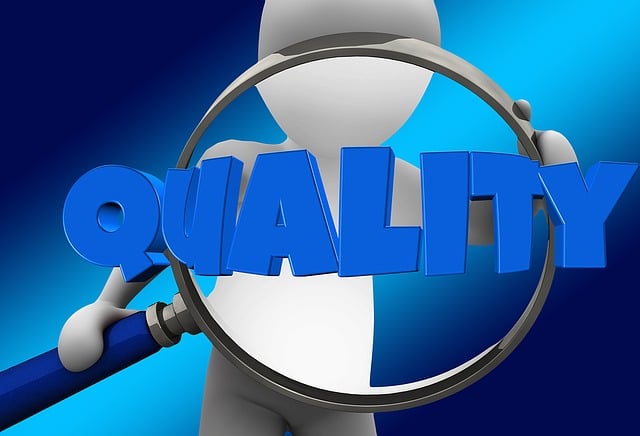Understanding wildlife activity in your Centennial yard begins with identifying animal tracks, which reveals visiting animals and their habits. This knowledge guides effective management strategies like installing chimney caps to deter intruders like squirrels and raccoons. Before fitting a cap, assess your chimney for damage, choose a suitable material (stainless steel, glass/ceramic, dual-screened), clean the chimney, and securely attach the cap while adhering to safety guidelines for smoke escape.
Wildlife control is an essential aspect of homeownership, especially in areas like Centennial where diverse animals call your yard their playground. Understanding wildlife activity starts with identifying animal tracks, a valuable skill for any homeowner. This guide offers practical insights into recognizing various tracks and the role chimney caps play in effective wildlife management. By learning to prevent unwanted visitors, you can protect both your home and local wildlife, ensuring a harmonious coexistence.
- Understanding Wildlife Activity in Your Yard: A Guide to Identifying Animal Tracks
- The Role of Chimney Caps in Wildlife Control: Preventing Unwanted Visitors
- Installing a Chimney Cap: Steps to Secure Your Home and Protect Local Wildlife
Understanding Wildlife Activity in Your Yard: A Guide to Identifying Animal Tracks

Understanding wildlife activity in your Centennial yard starts with identifying animal tracks, a crucial step in effective wildlife control. By examining the patterns left behind, you can determine which creatures have been visiting your outdoor space. These tracks offer valuable insights into their habits and preferences, helping you tailor appropriate management strategies.
When exploring your yard, look for distinct footprints or paw prints, noting their size, shape, and spacing. Different animals leave unique signatures; for instance, rabbit tracks are often recognizable by their small, rounded impressions, while larger prints might indicate the presence of foxes or coyotes. Identify common visitors to better understand their behavior, allowing you to make informed decisions about chimney cap installations and other wildlife control measures tailored to your Centennial yard.
The Role of Chimney Caps in Wildlife Control: Preventing Unwanted Visitors

Chimney caps play a vital role in wildlife control, acting as a protective barrier against unwanted visitors in your Centennial yard. By identifying animal tracks and signs of intrusion around your property, you can take proactive measures to prevent animals from causing damage or posing health risks. Chimney caps are designed to seal off entry points into chimneys, preventing squirrels, raccoons, and other critters from nesting and creating chaos.
These caps work as a physical barrier, blocking access to the chimney while allowing smoke to escape during fireplace use. Regular inspections and maintenance of these caps can deter animals from attempting to enter, thus keeping your home secure. If you’ve noticed tracks or signs of wildlife in your yard, installing a chimney cap is one step towards maintaining a safe and peaceful outdoor space.
Installing a Chimney Cap: Steps to Secure Your Home and Protect Local Wildlife

Installing a chimney cap is an effective way to secure your home and protect local wildlife, especially if you’ve identified animal tracks in your Centennial yard. The first step involves assessing the current state of your chimney—inspecting for any damage or openings that might allow animals entry. This includes checking for broken tiles, damaged flues, or gaps around the cap. Once identified, these issues should be addressed before installing a new cap to ensure it fits properly and securely.
Next, select an appropriate chimney cap designed to keep out unwanted visitors while allowing smoke to escape. Common types include stainless steel caps with mesh screens, glass or ceramic heat-resistent caps, and dual-screened models. After choosing the right cap, carefully remove any debris or nesting materials from your chimney, ensuring it’s clear for installation. Properly attaching the cap using secure fasteners is crucial; follow the manufacturer’s instructions to guarantee a safe fit that will deter animals without causing harm.
By understanding wildlife activity in your Centennial yard, specifically through identifying animal tracks, you can better appreciate the local ecosystem. This knowledge also empowers you to take proactive steps for wildlife control, such as installing a chimney cap. With proper installation, chimney caps serve as an effective barrier against unwanted visitors while ensuring the safety and well-being of local wildlife. Following the outlined steps, you can secure your home and contribute to preserving the natural balance in your neighborhood.
